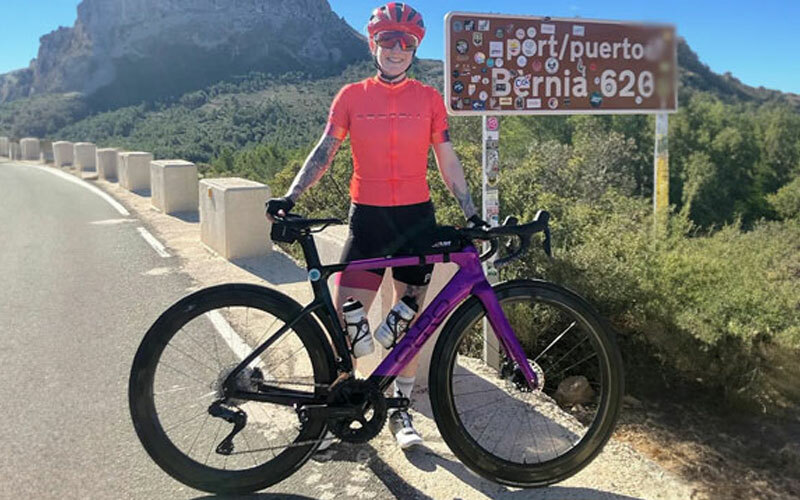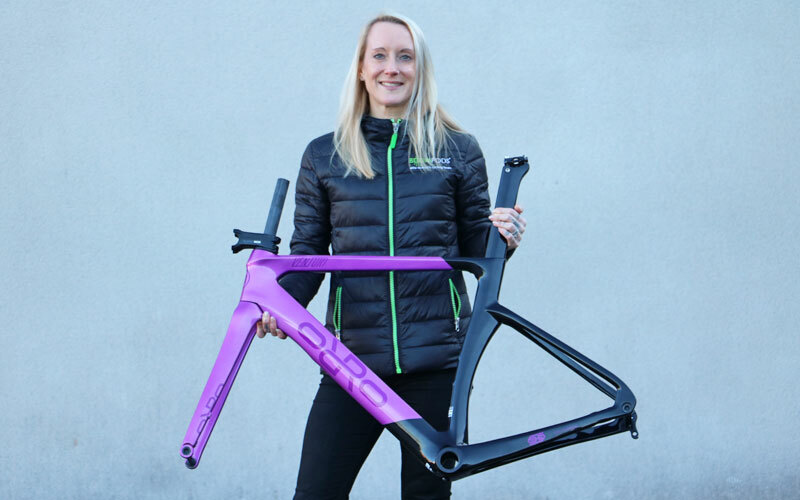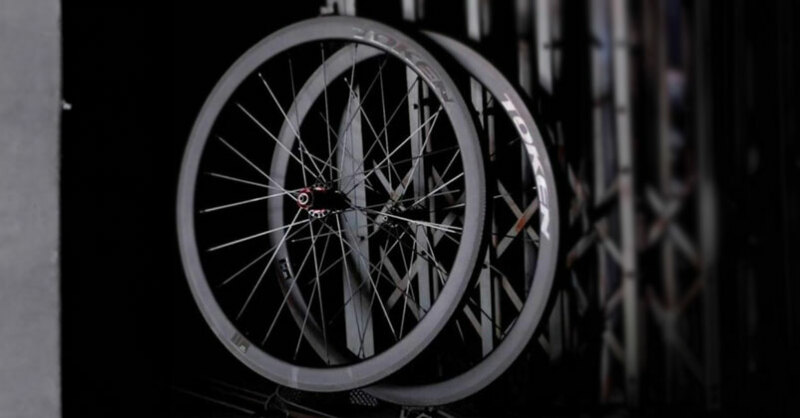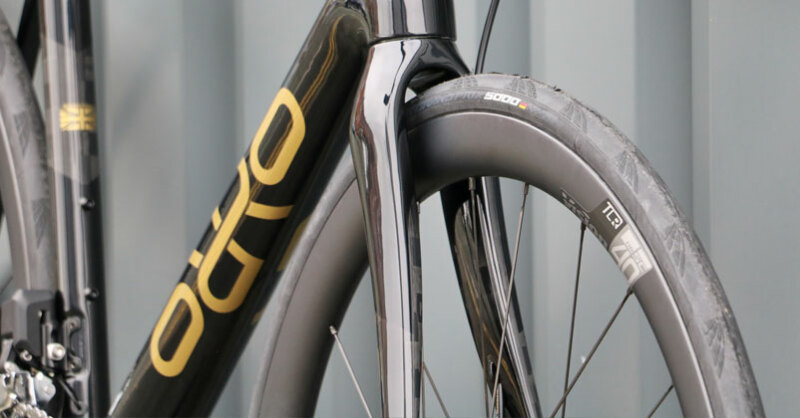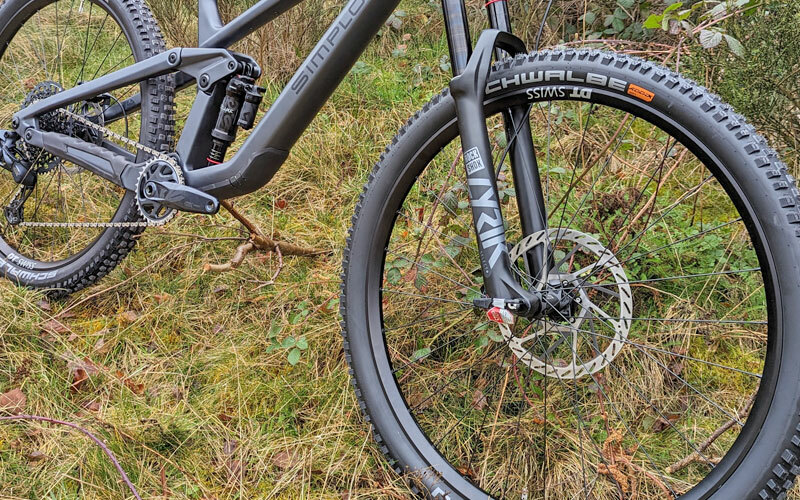Road Bike Helmet Guide
Bike helmets can get a little overlooked compared to bikes and clothing. They are often taken for granted and not really given a second thought, until that one time they are needed – that’s when they could decide how well you fare in a crash. So what do you look for in a bike helmet?
.jpg)
Standards
Helmets have a sticker which says that they have passed testing for the country in which they are sold. Helmets sold in the UK carry the BS EN 1078 / 80 sticker, this shows that they have met the British Standard (BS) testing criteria standard.
Legalities
In some countries wearing a helmet is required by law when riding a bicycle. In the UK helmets are not legally required to be worn, however most riders choose to use a helmet, particularly when riding in heavy traffic.
.jpg)
How do they Work?
A helmet’s primary focus is to prevent head injury in the event of a crash. To do this the helmet must absorb impact energy, a way of distributing load away from the impact and a retention system to ensure the helmet stays in place. To absorb and distribute the energy from the crash impact, helmets are made from polystyrene foam which can easily compress on impact and distribute the force through the helmet. As the impact is absorbed, the polystyrene may well crack and distort, this is where the outer shell comes in, the shell holders the shape of the polystyrene together.
Types of Road Helmet
Aero Road Helmets are designed to save power by providing more aerodynamic protection than regular vented road helmets. Aero road helmets still meets standards and legal requirements for racing. As well as being more aero, these helmets tend to keep your head warmer ( because they generally tend to have less ventilation) - this is fine until the weather is warmer, when you might want to switch to a vented helmet.
.jpg)
Time Trial Helmets are designed for racing in individual events on road, track events and in triathlons. The shape of the helmet smooths out the airflow behind the rider's head. These helmets are not legal for use in mass start race events. Some time trial helmets feature built in visors which can be removed if needed.
.jpg)
Vented Road Helmets offer a good mix of protection and ventilation. Most road helmets are vented, some have less vents and are more aerodynamic, these offer a half-way compromise between vented and aero helmets. Many helmets offer a lot of vents for maximum cooling and improved airflow around your head - ideal for warm summer rides. Some vented helmets can be fitted with aeroshell covers which effectively change a vented helmet into a aero road helmet.
.jpg)
Fit
Achieving the right fit is essential for wearing a helmet. All head shapes and sizes are not the same, we need to take this into account when choosing a helmet. Sizing Brands often have small medium and large sizing, however! Just as with clothing and bikes, not all smalls are the same across all manufacturers. To get a good helmet fit, first measure the circumference of your head, 2cm above your eyebrows. With a good helmet fit, the helmet should remain in place on your head if you were upside-down without the chinstrap in place.
Retention System
The retention system is usually a click buckle under your chin, when the helmet is in place. With the helmet adjusted to fit properly, you should be able to fit two fingers between then strap and your chin. The retention straps should form a ‘V’ shape around your ears.
.jpg)
Technology
Most helmet brands use a ratchet system which tightens the inner shell / cradle around your head – many use a turning dial to adjust. It is important to make sure the shell shape fits your head and you are not solely relying on the retention mechanism.
Some helmets feature MIPS (Multi Direction Impact Protection System), this was developed to reduce the rotational forces and the amount of energy transferred in an accident. A low friction liner inside the helmet allows movement in the event of a crash impact.
Replace?
If you have an accident, you should replace your helmet. However, what if you are super careful and lucky enough not to have a accident? It is recommended that if your helmet is colour faded through age or if the strap is looking frayed and worn, it is probably a good time to replace. The foam in helmets will degrade over time, however this is hard to test and see for yourself. When you bear in mind that your helmet could save your life, it is the most vital bit of kit you will buy.

